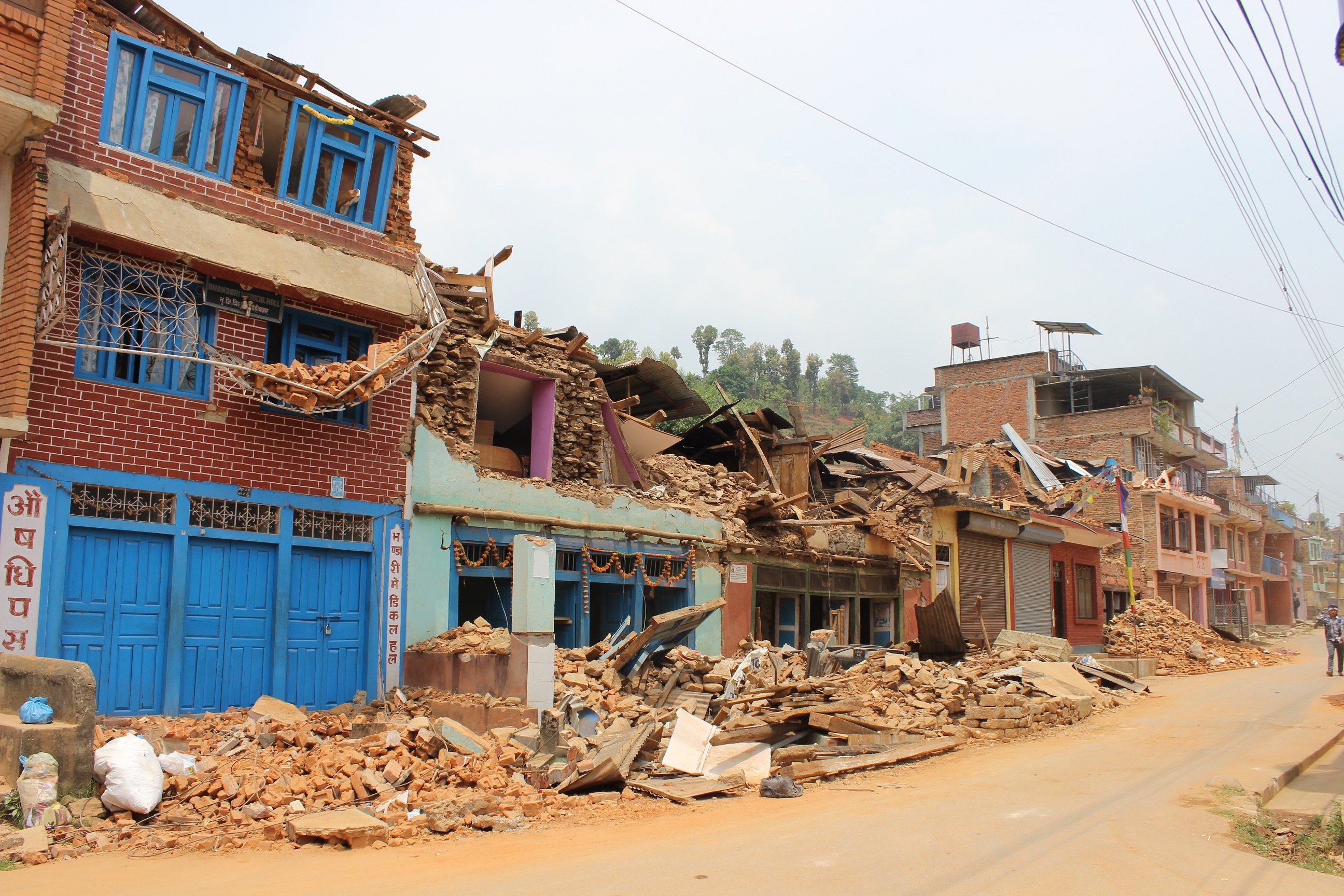Five to read:
The World at War
The UN Refugee Agency’s 2014 year in review makes for grim reading. According to UNHCR, by the end of 2014, just short of 60 million people were “forcibly displaced worldwide as a result of persecution, conflict, generalized violence, or human rights violations”. Read this report for a detailed statistical overview of where people are fleeing from, why, and where they are going, as well as how global governments and aid organisations are responding to this escalating crisis.
Global Humanitarian Assistance Report 2015
Another newly-published compendium of statistics, the Global Humanitarian Assistance Report, produced by the Development Initiatives think tank, provides a useful overview of emergency aid funding flows. During 2014, international humanitarian assistance rose for a second year running to a record US$24.5 billion. Read this to find out which governments dug deepest, where their money went, and what the alternatives are to non-state funding for emergency relief.
The first month: examining the humanitarian relief response to the 2014 Nepal earthquakes
Stronger on dogged digging than fancy presentation, this comprehensive 197-page report from the Disaster Accountability Project (DAP) analyses the fine print of aid agency donation pages to find out what was planned with Nepal money. They found a number of inconsistencies in NGO fundraising appeals as well as ambiguous statements on charity donations pages about the uses of funds. The team also examined “self-reported data” provided by more than 50 organisations, finding “too many organizations in the disaster relief/humanitarian aid sector lack basic transparency and often forget that as NGOs, they have a mandate to be accountable to the pubic in addition to their largest donors”.
Regime Change for Humanitarian Aid
This long read from Foreign Affairs dissects the humanitarian sector, pointing out its achievements but also its many challenges, home-grown or otherwise. Its academic co-authors, Michael Barnett (author of Empire of Humanity: A History of Humanitarianism) and Peter Walker (co-author of Shaping the Humanitarian World) pay particular attention to the failure by international agencies to develop “true” partnerships with local actors and lament the sector’s limited accountability. They call for a “less paternalistic” approach from the main donor governments and their relief arms and, referring to emerging donors, warn that “new global forces promise to knock the club off its pedestal if it fails to adapt, and the consequences could be dire for both humanitarian workers and disaster victims”.
Fit for the Future? Development trends and the role of international NGOs
Oxfam’s Duncan Green presents an important summary of the main global trends in international development and looks at the upcoming ideas and challenges for the sector. He cautions against “the folly of simple, linear interventions and the merits of alternative approaches” and warns that “a simplistic interpretation of private sector thinking is pushing aid agencies towards a linear ‘Fordist’ [assembly line] approach to going to scale, even though large parts of the private sector have long since abandoned that approach in favour of systems thinking, disruption and innovation”.
From IRIN:
Refugee versus migrant: time for a new label?
The world is in the grip of an unprecedented migration crisis and stories about refugees, migrants and asylum seekers are high on the news media's agenda. But what do these labels really mean? Our migration editor Kristy Siegfried took a look at migration terminology and its legal and social connotations. Other IRIN migration-focussed stories this week included: the tale of two friends from Yarmouk Palestinian camp in Syria who have made their way to Denmark and Turkey; a column from anthropologist and author of “Illegality, Inc.”, Ruben Andersson about the folly of reactive border control measures; and a look at the thousands of refugee children in western Mali who are at risk of being stuck in the legal limbo of statelessness
lr/am.




